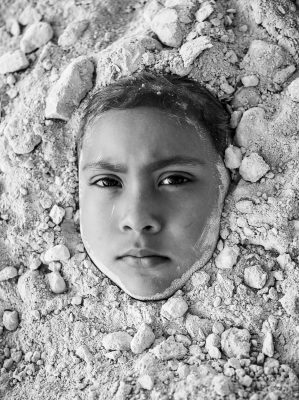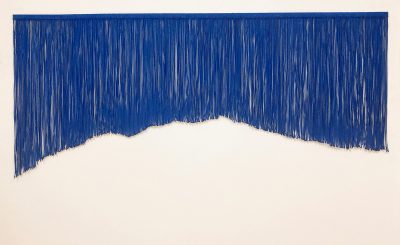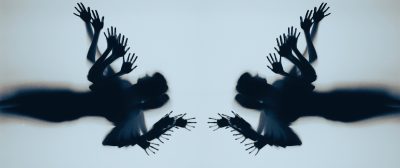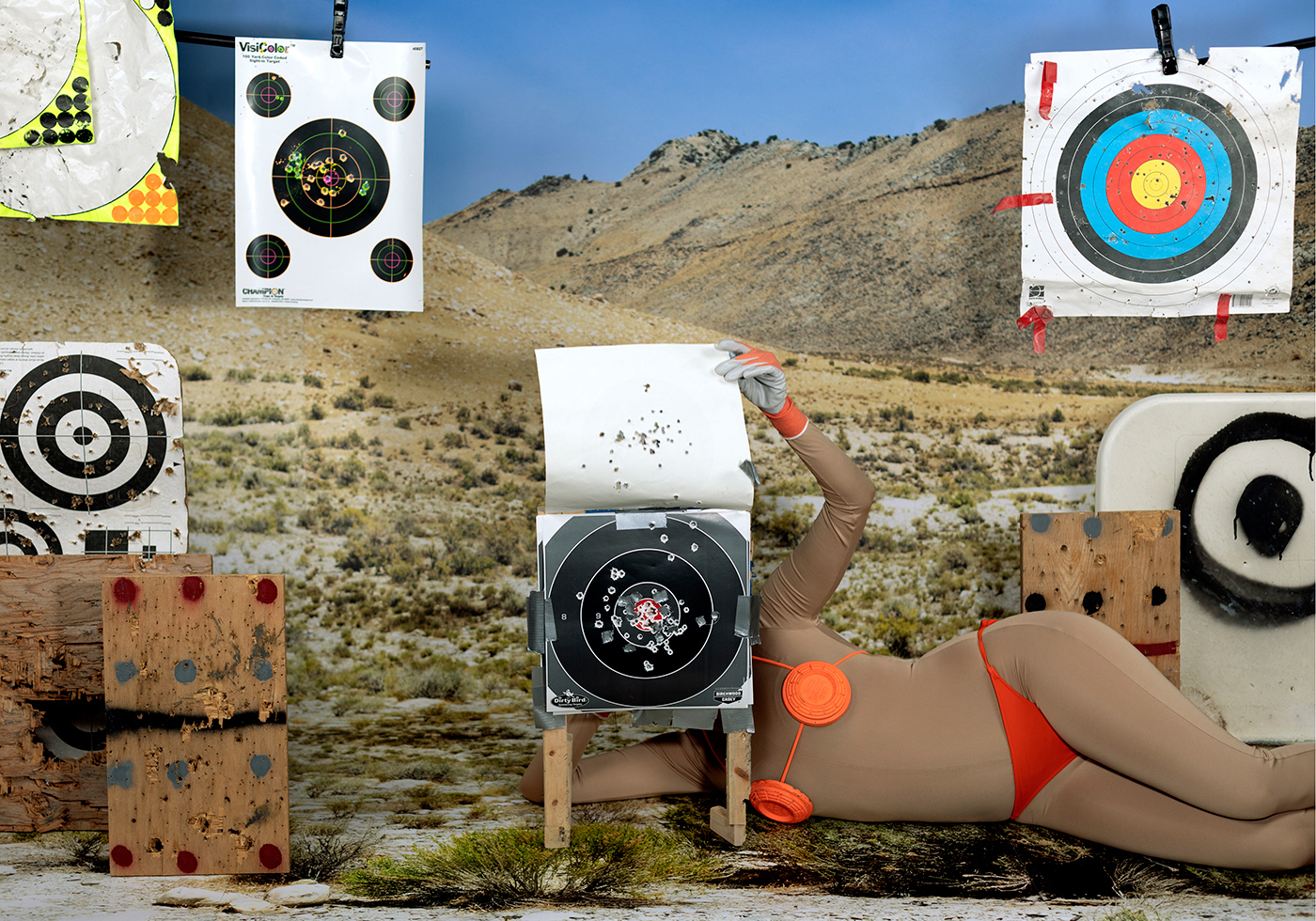The Rough Landscape of Women’s Existence in Land Body at Ogden Contemporary Arts
Art
For those who haven’t wandered into the brittle kaleidoscope of the cracked Southwestern desert, there are, unfortunately, pockets of polluted and vandalized sites littered with shotgun shells, beer cans and rotting furniture. There are parcels of delicate desert put on the auction block for oil and gas drilling. But what the exhibit Land Body at Ogden Contemporary Arts explores is an issue that is not a set pattern, but something we as a community can recognize and change. During a time when in some places women’s management of their own bodies is legislated in a strikingly similar way as “cultivable” land, we can come together to discuss these issues in environments like the art gallery—fertile ground for understanding and talking to each other, no matter what gender or political orientation. Curated by art historian Kelly Carper, an independent art consultant and pop up gallery owner, the group show brings together 11 contemporary women artists from Utah, New Mexico and Arizona.

The first pieces visitors encounter when they walk into the gallery are called “Collected Targets” and “Untitled” by Jaclyn Wright. The dye sublimation prints on aluminum have circular cutouts that look like bullet holes and allow different layers of the image to interact depending on from which angle you view the works. “Collected Targets” shows bright shotgun shells and trash spread over a sandy surface, highlighting the ways that even teenage rites of passage leave their mark and reflect the—at times aggressive or controlling—attitudes of people towards the desert, with “Untitled” including a woman’s body, her head the shot-up target paper.
“…photographer Cara Romero’s black-and-white portraits ‘Abigail’ and ‘Sand and Stone’ stopped me in my tracks.”
Carper says the exhibit originally started when she encountered Wendy Wischer’s powerful multimedia installation “Battleground.” Located in a small room off the main OCA Gallery space, a clutch of plaster rocks and barbed wire serve as the surface for a series of projected videos. From close-ups of Wischer’s body to night-cam video that looks like crime scene footage, we see women’s bodies as an unfortunate locus of contention—much like the polluted and patrolled desert landscape of the Southwest.

Coordinating with these projections is another, at the back of the room, where bullets are shot into a strappy white dress hanging from the wall. The shots ring out behind a recording of the classic “This Land Is Your Land.” Standing in Wischer’s installation is tense—my brain races between the stories of women shot by domestic partners and immigrants trekking across the Mexican border, and, frankly, wish I had someone to hold my hand in this gut-wrenching experience. Wischer has several other pieces in the show, including “Shattered,” a giant, snaking sculpture that looks like arteries or a fallen tree in pieces, covered in cut mirrors and throwing shards of light onto the gallery walls.
“…we see women’s bodies as an unfortunate locus of contention—much like the polluted and patrolled desert landscape of the Southwest.”
Upstairs, photographer Cara Romero’s black-and-white portraits “Abigail” and “Sand and Stone” stopped me in my tracks. The little girl Abigail’s soft face, wreathed by crumbling sand, projects a cool, unrelenting stare older than her years. The grainy texture of the sand contrasts with her shiny dark eyes. The portrait “Sand and Stone” shows a face, hair and hands emerging from the desert floor, their gaze strong and their draped hands gentle, with a string of triangles tattooed down their fourth finger.

Also upstairs, the multimedia video display “Metaxy Multiples” by Also Sisters is an unsettling shadow box with projections landing on gauzy white sheets, suspended squares of plastic and a reflective chair in the corner of the room. The artists’ shadows are middle-mirrored and dance across the projection surface, perhaps speaking to the enduring panic caused by witches or female demonic forces, which pepper horror films and seep into discourse about how society should legislate women’s activities (especially in the conspiracy theory underground).
“Ridgeline” by Al Denyer and Nikesha Breeze’s video “Stages of Tectonic Blackness” address the individual women’s view of their physical and internal environment. “Ridgeline” is made of blue fringe that is hung and cut to create a negative-space shape of a mountain skyline close to the Utah artist’s heart (Pipeline Trail in Millcreek, the description tells). Breeze’s performance captured in the desert speaks to the African diaspora—rough and alienated but ultimately still connected to the earth that gives potential for healing.
For more excellent work by Southwestern women artists, visit the exhibit through Feb. 20, 2022 at OCA Gallery, 455 25th Street, Ogden and get more information at ogdencontemporaryarts.org.
